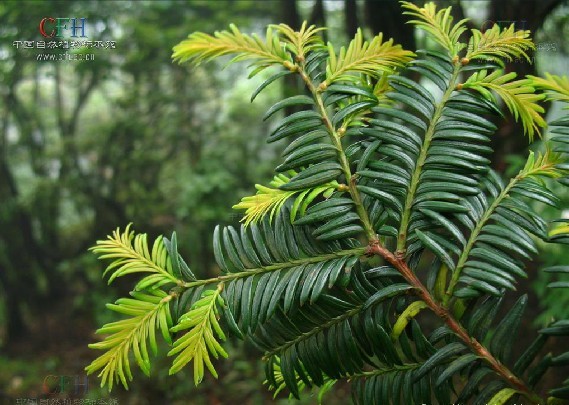China and countries in the South Asian Association for Regional Cooperation should work together to protect shared biodiversity, a leading botanist has said.
"China shares very long borders with five SAARC countries: Afghanistan, Pakistan, Nepal, India and Bhutan," Pei Shengji, a professor at the Chinese Academy of Sciences' Kunming Institute of Botany, said.
Sri Lanka, the Maldives and Bangladesh are the other members of the body.
Pei was speaking at a workshop that lasted from May 29 to June 3 on the implementation of the Convention on Biological Diversity, hosted by China's Ministry of Environmental Protection.
Protecting and enhancing biodiversity depends on utilizing the shared experiences and knowledge of people across borders, he said.
He said regional collaboration should emphasize the implementation of fair and equitable sharing of, and benefits arising from, the utilization of biological resources and traditional knowledge.
This is one of the three key objectives of the Convention on Biological Diversity, which came into effect in 1993.
He cited the yew as an example. This valuable plant is widespread in Asia and one of its byproducts, taxol, is an internationally recognized anti-cancer agent.
"If China and India can set an agreed price for the yew extract, then regardless of what country it is sold in, the price will be the same for any merchants who want to buy it," Pei said.
"This will benefit local people and help tackle cross-border smuggling," said the scientist, who brought ethonobotany to China in 1987.
Ethonobotany is the study of the knowledge of communities and their relationship with plants.
Pei said China is one of the 12 mega-biodiversity countries, especially in terms of plants, with 47,770 species of recorded terrestrial flora. This puts it in a leading global position.
It is also a country of huge cultural diversity, one of the oldest and biggest repositories of bio resources, genetic resources and traditional knowledge, such as using plants as medicine.
Pei said an ethnobotanical inventory of traditional plants recorded 2,216 plant species that could be classified as medically beneficial among 16 ethnic groups in Yunnan province between 1982 and 2005.
Another 3,000 species were inventoried in other provinces over the last 20 years. He said a national regulation on the protection of plants in use in Chinese medicine was enacted in 1993.
This clarifies procedures, including management, classification and protection. But the regulation applies only to the traditional Chinese medicine varieties manufactured in national jurisdiction.
He stressed the importance of broadening this type of protection into other areas. One way of doing this would be to develop training programs to educate border areas on how best to protect and utilize various plants.

Source: http://www.chinadaily.com.cn/cndy/2013-06/19/content_16635623.htm




